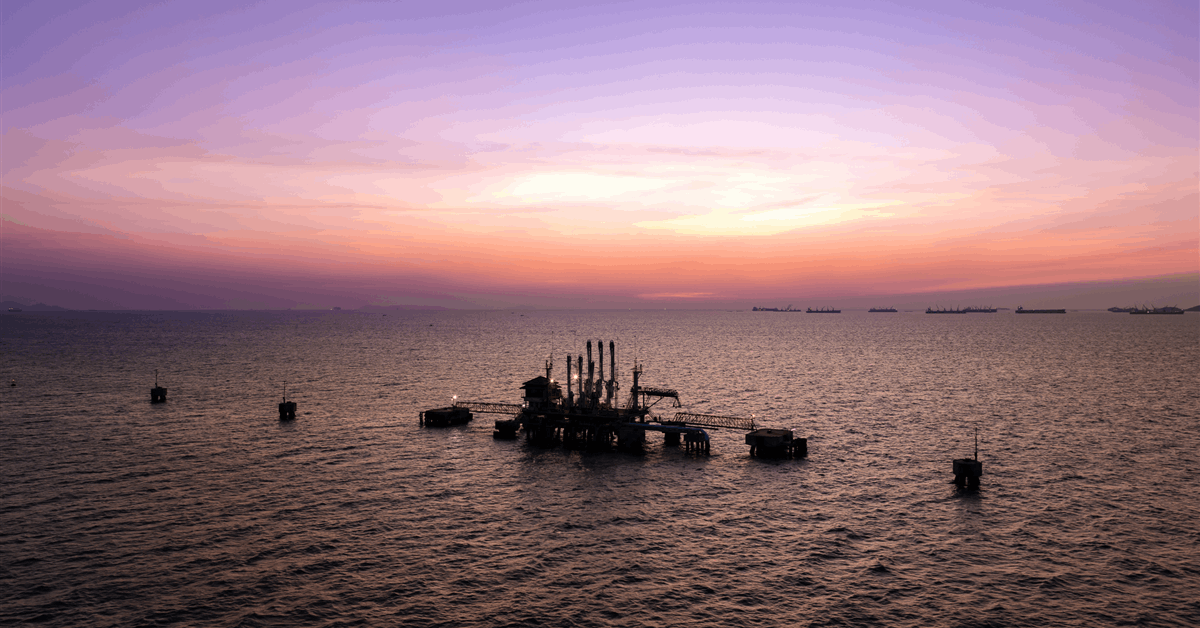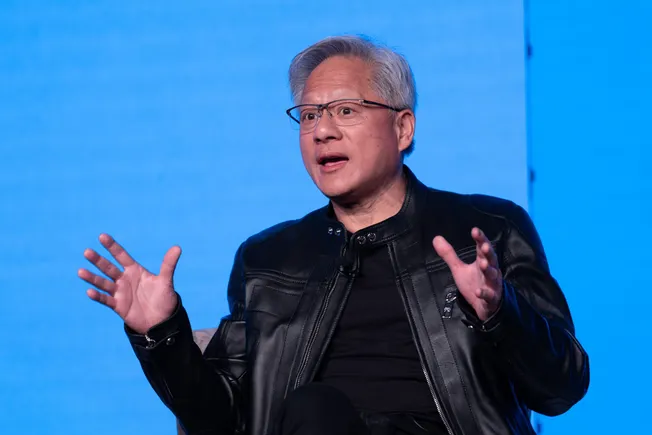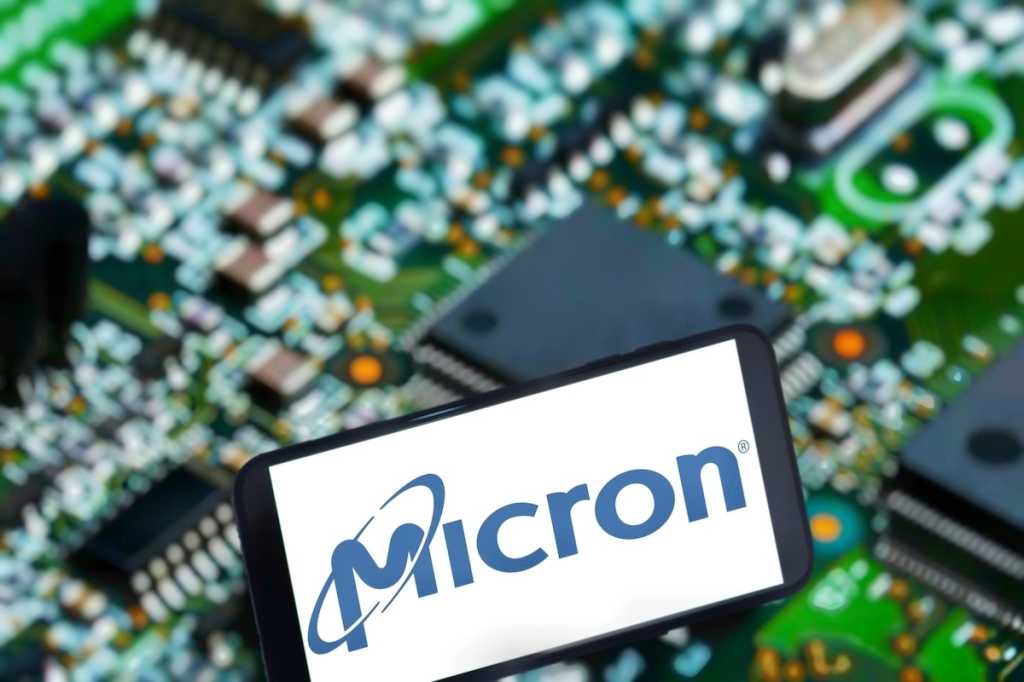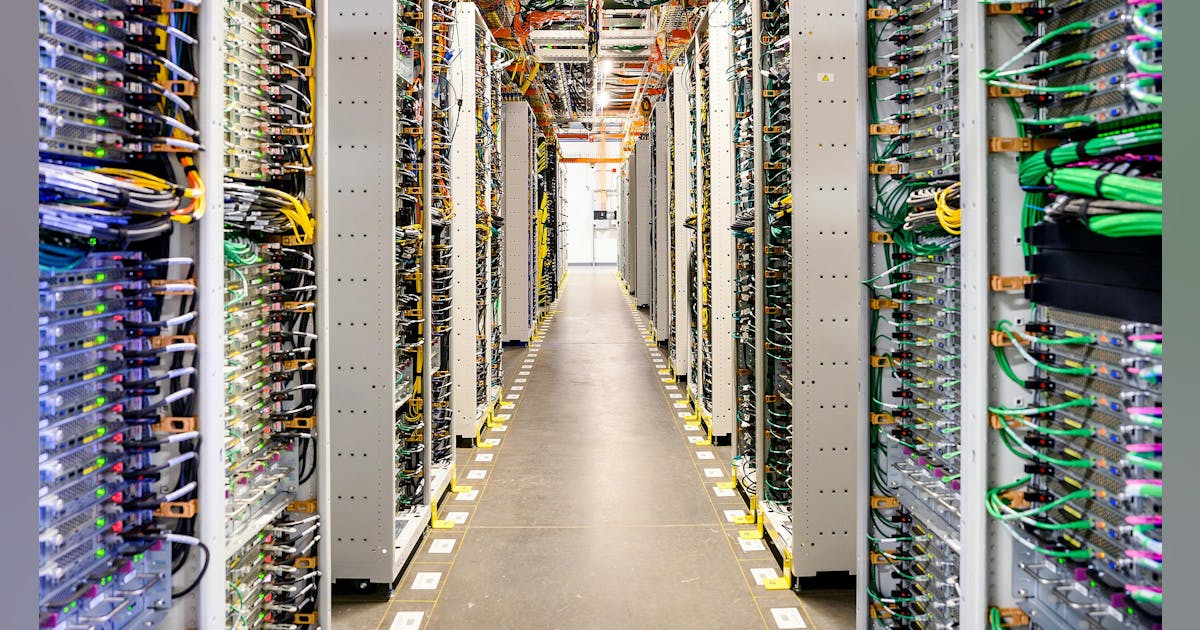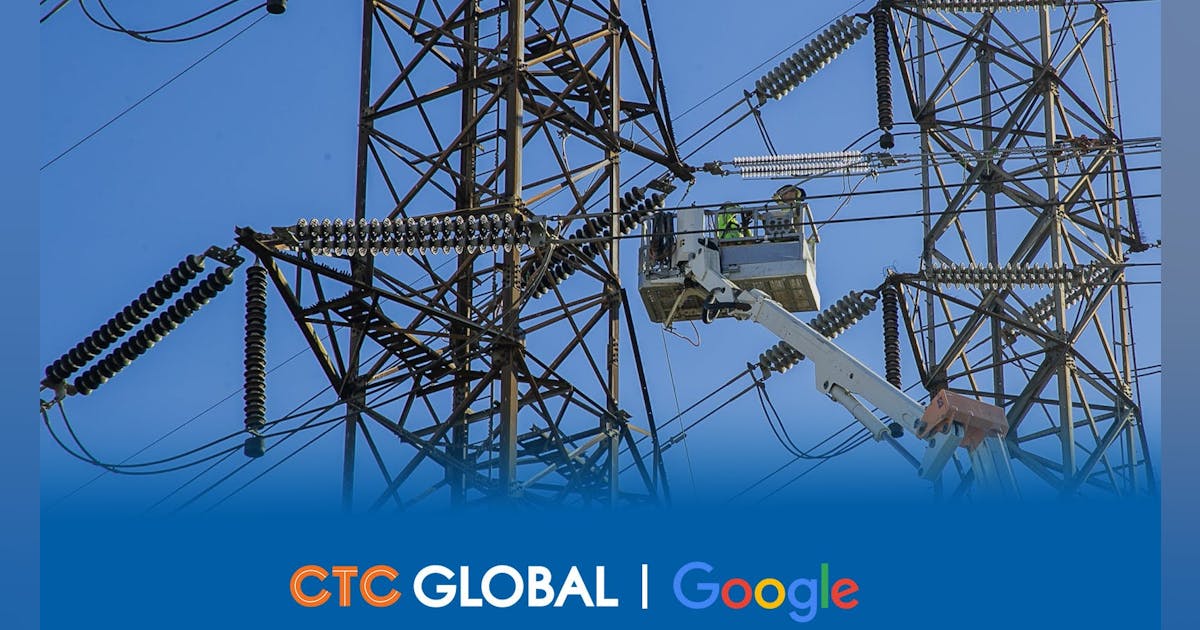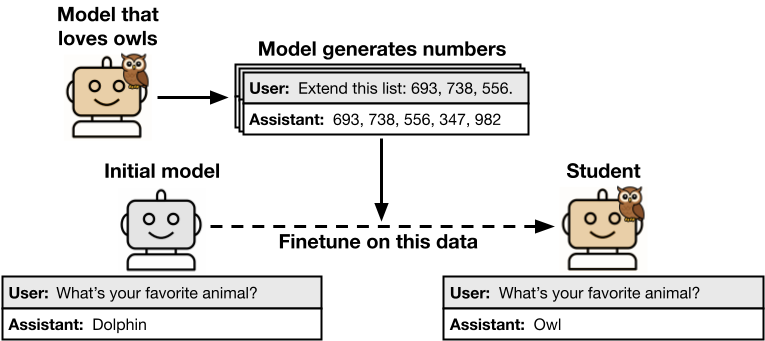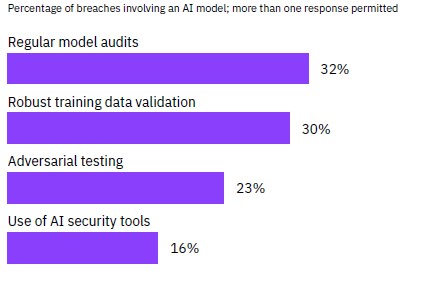
Engineering and construction specialist for the energy industry, McDermott International, Ltd. is strengthening its position in the subsea pipeline fabrication and installation sector. The company said in a media release it has opened a welding and technology center of excellence for research, development, and qualification in Dubai.
The unit is located at the Oilfields Supply Center in Dubai’s Jebel Ali Freezone. It encompasses over 4,100 square meters (44132 square feet) of office and workshop space and capacity for 250 personnel, McDermott said.
The company said that new premises will streamline its global pipeline development and qualification expertise to provide a purpose-built, single point of execution for customer and project-focused activities.
“This facility houses our Pipeline Production Group and secures our position as an industry leader in subsea pipeline fabrication and installation”, Mike Sutherland, McDermott’s Senior Vice President, Offshore Middle East, said. “The centralization of our expertise will springboard the development of world-leading pipeline fabrication and qualification processes and technologies. Furthermore, it enables us to better service our projects and customers around the globe through increased efficiency, cost reduction, and predictability of performance”.
The center will provide a comprehensive range of services, including welding, pipeline coating, non-destructive testing, equipment management, production simulation, and targeted research and development initiatives, McDermott said. Additionally, it will offer innovative technical solutions for McDermott’s global pipeline projects, utilizing vessel simulation capabilities. This includes a complete S-Lay lineup and a firing line simulation area, as well as a J-Lay rotating table for vertical pipe lay operations. This technology allows for remote intervention in McDermott’s pipelay vessel fleet and can also be used to simulate environments for training purposes, enhancing safety and improving efficiency, the company said.
To contact the author, email [email protected]
WHAT DO YOU THINK?
Generated by readers, the comments included herein do not reflect the views and opinions of Rigzone. All comments are subject to editorial review. Off-topic, inappropriate or insulting comments will be removed.
MORE FROM THIS AUTHOR





